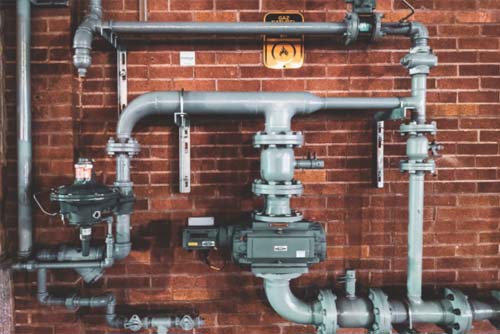Source: Unsplash
Industrial plumbing systems are often large-scale installations that require dependable control methods. This is because industrial processes are based on production formulas that require inputs to be dispensed in specific quantities. Therein lies the importance of industrial valves.
Valves are used in industrial plumbing systems to control the flow of various media. They come in different designs to suit the conditions and scales of a variety of industrial applications. Which brings forth the question, how do you choose the right valve for your industrial plumbing system? What’s the difference between them?
Here is a guide on all things industrial piping valves.
Table of Contents
Understanding the Structure of Valves
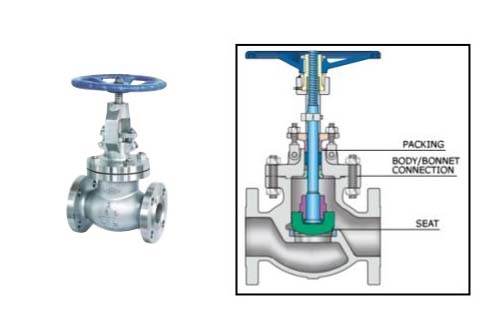
Source: 3.imimg.com
Most valves have a relatively similar structure comprising:
An actuator- a lever on the exterior part of the valve used to either open or shut the valve.
A stem– a rod-like structure that connects the actuator to the internal valve system.
A shut-off device- this can be a ball or a flat slate that when operated using the stem and actuator, shuts off or allows the flow of media. This structural component is what fundamentally differentiates valves from each other.
Depending on the working system of a valve, most designs also have seats and gland packing around the shutoff device. These are structural additions that ensure leakage and fugitive emissions are prevented by providing extra sealing. They also provide some sort of cushioning for the shut-off device to enable it handle media pressure.
When choosing between valves, the internal working system will be a major determinant on whether a particular valve would be ideal. More so because some valve designs are limited to small sizes to manage torque while others can only take on a certain amount of pressure.
Types of Industrial Valves
Industrial valves are mostly named after their shut-off mechanisms. They include:
Ball Valves
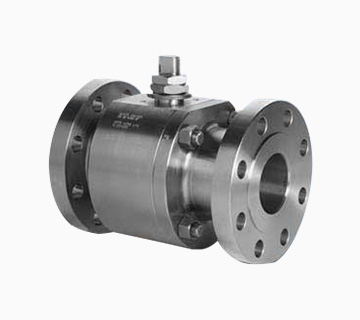
Ball valves are made up of an actuator, a stem, and a spherical ball that serves as a shut-off device. When the actuator is turned, the stem turns and rotates the ball to either allow or restrict the flow of media.
The balls used in this type of valve are hollowed out in the middle to form a channel where media flows through. When the valve is open, the channel, also known as the bore, is in line with the pipeline. To restrict fluid flow, the ball is rotated 90° such that the walls of the ball are now parallel to the pipeline instead of the bore. Depending on the needs of the pipeline, the bore size can either be equal to the pipeline’s diameter or it can be a partial bore that’s narrower than the pipeline.
You would also have a choice between a full mounted ball valve and a floating ball valve. Ideally, they both work on the same principle, aside from the fact that a full mounted ball valve is attached to a trunnion at the base while a floating ball valve is not. Additionally, given as the trunnion ball valve is mounted, it is more suited to high-pressure flow systems than a floating ball valve.
Butterfly Valve
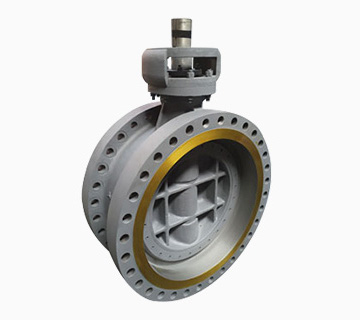
A butterfly valve is a compact size valve with an actuator, a stem, and a flat disc as the shut-off device. The flat disc is held in place by the stem which transverses through it. When the actuator is turned, the stem rotates to and turns the disc either parallel to the pipeline or transverse to it. In the parallel position, the valve is open while in the transverse position it is flat against its seating hence restricting flow.
This quarter-turn valve is recommended for quick response fluid flow management as its small to medium sizes are powered by a motor. However, whereas a larger butterfly valve may still be easy to operate, it may be a bit slower as it runs on a gearbox.
Still, this would be a good choice of valve if your industrial plumbing system is designed for large volume fluids transmitted at low pressure. It is also one of the few valves that work well in viscous fluid transmission or with fluids that have bits of solid matter suspended in them.
In terms of maintenance, a butterfly valve is a quick fix as its compact design is not too complex. It is also affordable and can be durable when applied in a suitable plumbing system.
A Diaphragm Valve
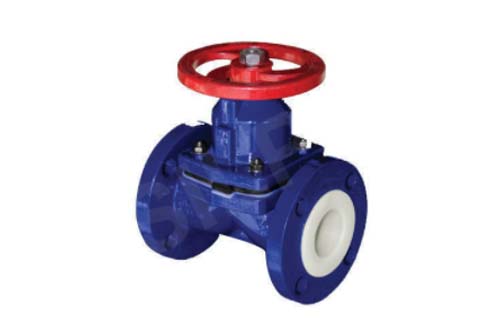
Source: 5.imimg.com
A diaphragm valve has a unique design from other types of valves. It consists of an actuator and a pivoting stem linked to a u-shaped diaphragm. It is operated by raising and lowering the diaphragm to open, throttle, or shut off the flow of media. Further, the diaphragm is made of a hardened polymer material to make it more flexible for the vertical mode of operation.
This type of valve would be suitable for a piping system that requires throttling or involves the transmission of semi-solids. In throttling mode, it would change the flow rate of media; often to lower pressure. This is also sometimes aided by the presence of a weir at the base of a diaphragm valve.
On the downside, while diaphragm valves are effective, they can be expensive. They are equally costly to maintain because the polymer material of the diaphragm is sensitive to temperature and can be damaged by high pressure, unlike metal. However, a non-metal diaphragm could be a great advantage if your pipeline system handles corrosive substances because polymers are non-reactive.
Gate Valve
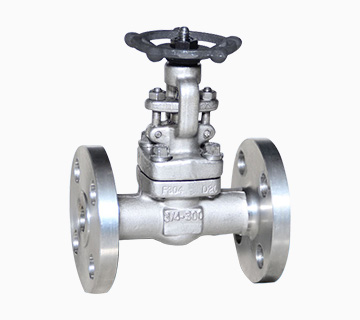
In likeness to the diaphragm valve, a gate valve is also operated by raising and lowering a flat gate-like disk. Its actuator is often a wheel that may require more than one turn to fully lower or pull up the gate. For this reason, it would be best to apply this type of valve in systems that are not open and shut very often such as reservoir plumbing.
When a gate valve is pulled up, it leaves an opening for fluid to flow through unobstructed. It, therefore, does not affect flow rate, unlike throttling valves. Granted, it is possible to use it as a throttling valve when it is about 90% closed but the results would not be optimal. The gate valve disc would likely also wear out much faster.
Check Valve
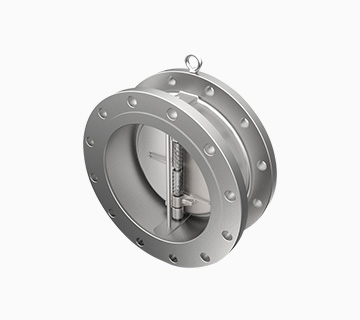
A check valve is a unidirectional valve; it allows fluid to go through a pipeline in only one direction and automatically closes if fluid starts to flow backward. The shut-off component can be a disc, a ball, or a stem, among other designs. It all depends on the nature of the pipeline it is being applied in.
A unique distinction of a check valve is that it does not require an actuator. It is controlled by pressure in the piping system. As fluid flows into the system through the inlet, pressure rises. When it gets high enough, it will push the valve disc open. Such pressure is referred to as cracking pressure. On the other hand, when the pressure on the outlet side of the valve is higher than the inlet side, the check valve will close to prevent backflow.
This type of valve is quite efficient but it has to be installed in the right way and the right pressure conditions. If the pressure is beyond its capabilities or too low to push the disc open, fluid flow could be interrupted even when that was not the intent.
Factors to Consider When Choosing an Industrial Piping Valve
In addition to the design of a valve and its capabilities, it is advisable to consider other pertinent factors such as:
Controlling Vs Throttling
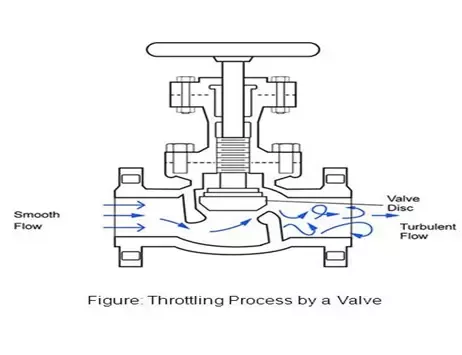
Control valves and throttling valves are often mistaken as the same thing but that is inaccurate and could mislead you into choosing the wrong valve.
Control valves are operated using an actuator and can regulate the flow of fluids passing through them. They achieve this by controlling the temperature and pressure of the fluids which are both factors that affect fluid flow.
In contrast, throttling valves work on a pressure principle and do not require an actuator. They can be opened partially to increase fluid pressure whereas when they are fully open, they can lower pressure. Examples of throttle valves include butterfly and diaphragm valves.
Control valves are ideal for industrial piping systems like industrial cooling lines where temperature and pressure affect fluid flow. Throttling valves, on the other hand, could be useful in sectors such as hydropower plants where pressure control is essential.
Valve and Media Compatibility
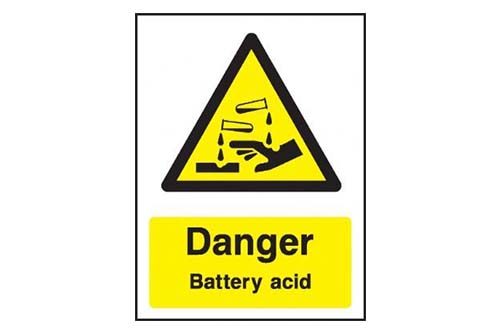
Source: Pinterest
The type of media transmitted in your industrial pipeline should be a guiding factor as you consider valve options. Corrosive media, for example, will require a valve made of a non-reactive metal like CF8M ball valves which are made of stainless steel. High-risk media such as petroleum products should also only be channeled through valves manufactured to stipulated industry regulations.
Weigh other compatibility issues as well such as viscosity and bore size. For instance, a full bore would be better when it comes to maintaining pressure and steady flow if the fluid is viscous. Gases and fume-emitting fluids would equally require highly sealed valves to avoid fugitive emissions and possible mishaps.
Durability
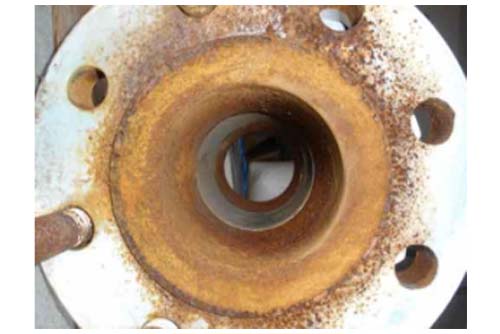
Source: rust911.com
Once a valve is installed in your industrial pipeline, it becomes an integral part of the system. This goes to say that if the valve malfunctions so does the rest of the pipeline. It is for this reason that valve durability and easy repair processes are essential.
Durability is largely dependent on the quality of industrial valves you invest in. While it may seem like an expensive venture, keep in mind that a durable valve will save you lots of money in production downtimes. On the contrary, a poor-performing valve may require frequent repairs which would cost more in the long run and may require you to halt your operations.
Industrial Valve Manufacturers
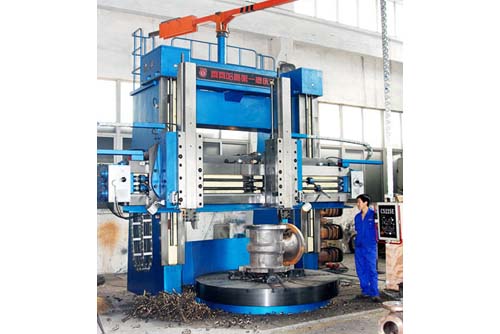
Industrial valve manufacturers are a dime a dozen. However, they are not equal. The quality of their valves differs based on the materials used and the meticulousness of their workmanship.
Aim for an industrial valve manufacturer that offers you a variety of valves and maintains high standards of production. As part of your due diligence, ensure that their valves are up to code with current industry certifications, and have been adequately tested by regulatory authorities.
Additionally, look out for manufacturers that offer extra services such as aftersale consultations, repair services, or affordable replacement spare parts. Such provisions would greatly ease your valve maintenance procedures. Customization services would also be a plus. Customized valves may offer you a higher efficiency as they would be tailored specifically for the requirements of your pipeline.
Maintenance and Safety
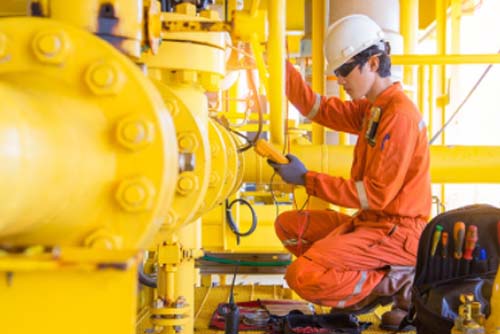
Source: bartington.com
It is recommended that you service your industrial valves and piping systems regularly. In this case, regular is subjective depending on:
How frequently the system is used.
The nature of the media; corrosive substances, high pressure, and high-temperature operations result in higher wear and tear and thus require more frequent maintenance.
The location of the plumbing system; outdoor systems are exposed and may require more care.
Maintenance is often geared towards addressing depreciation and valve malfunctions. Nevertheless, it should also include safety checks and tests. Problems such as leakages, debris accumulation, and rust all pose critical safety risks in the long run. Some of those risks include:
Leakage of fluids which could cause harm to the environment or people in the vicinity.
Financial losses due to inefficiencies in the valves.
Product adulteration, such as fuel contamination, when product lines mix due to valve errors or impurities like rust.
Valve Response Times and Ease of Use
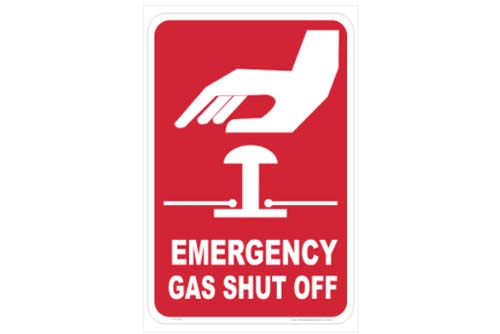
Source: nationalsafetysigns.com.au
Valve response times are essential where valves are applied as emergency shut-off mechanisms. SIL 3 operations, for example, require a highly responsive valve like a trunnion ball valve that operates at low torque.
A good valve should equally be easy to use and where possible, easy to detect when it malfunctions. One way to ease operation, for instance, would be to choose valve customization options like automated actuators that eliminate the need for manual turning.
Tips on Installing Industrial Plumbing Valves

Source: i0.wp.com
A good choice of an industrial valve can be watered down by poor installation. To avoid this, you could observe some of the installation guidelines as listed below.
Consider having your pipeline measured and sharing your exact scale measurements with your industrial valve supplier. An ill-fitting valve will not work as desired.
Always work with pipeline engineers that are conversant with your industrial operations and the valve you have chosen. Where possible, it would be helpful to inquire if your industrial valve supplier offers installation services as they understand their product best.
All fluid flow should be shut off during installation and the field of installation should be cleaned out as much as possible. Inserting a new valve into a debris-filled cavity will depreciate it faster and diminish its efficiency.
The valve should be tested and monitored closely in the short-run period after installation. Sometimes extra sealing or a few adjustments may be required to optimize valve and piping compatibility
Conclusion
A competent industrial valve manufacturer should be capable of offering you a host of valve options. The trick to narrowing down your list of choices is creating a finite list of the requirements of your industrial plumbing system and weighing it against those options. Such a comparison coupled with everything you have learned on this guide would undoubtedly steer you in the right direction.

